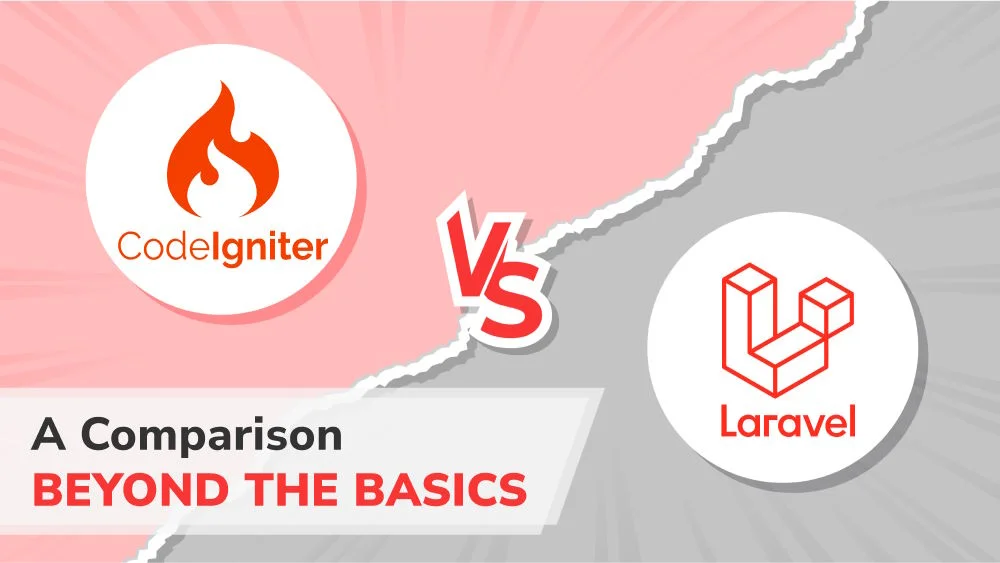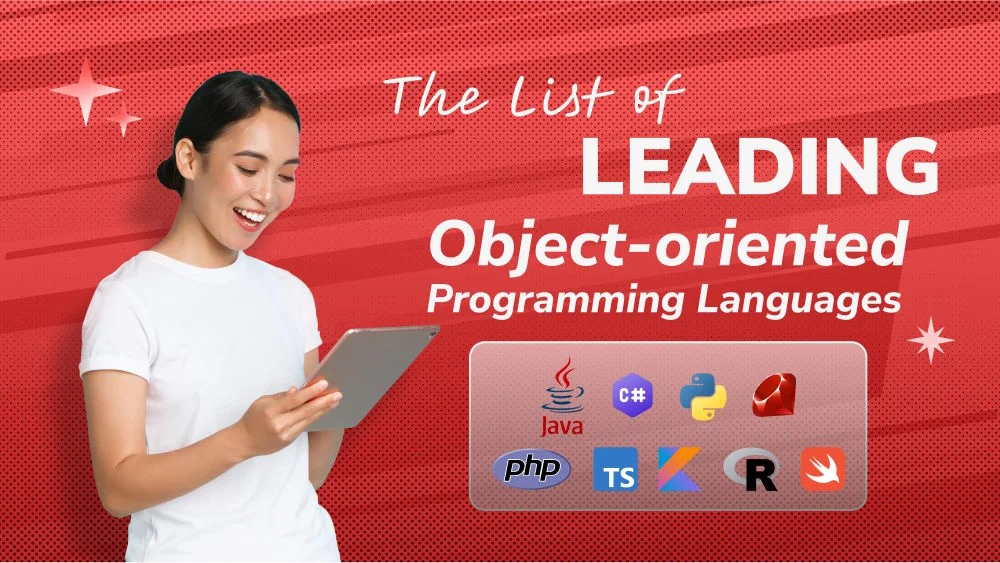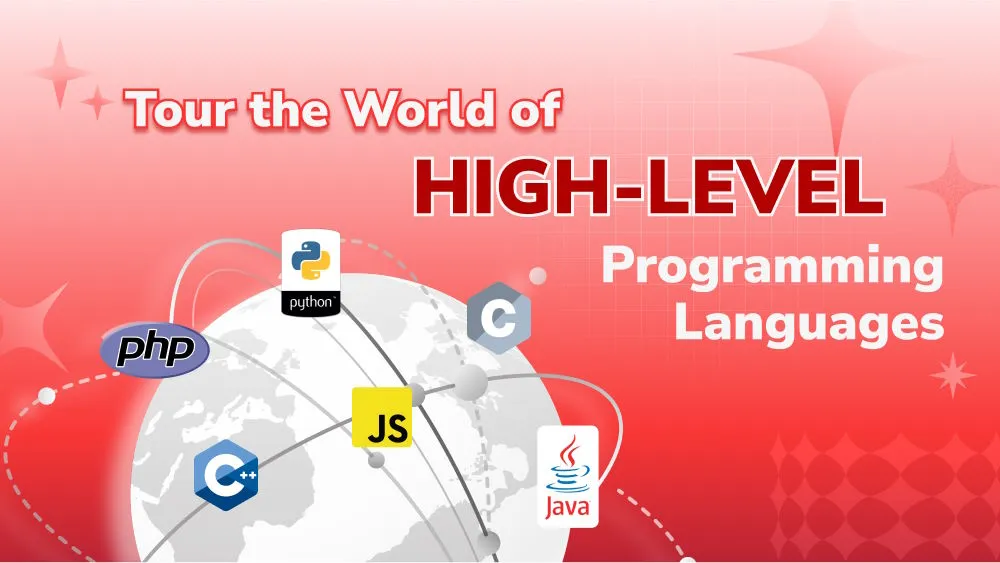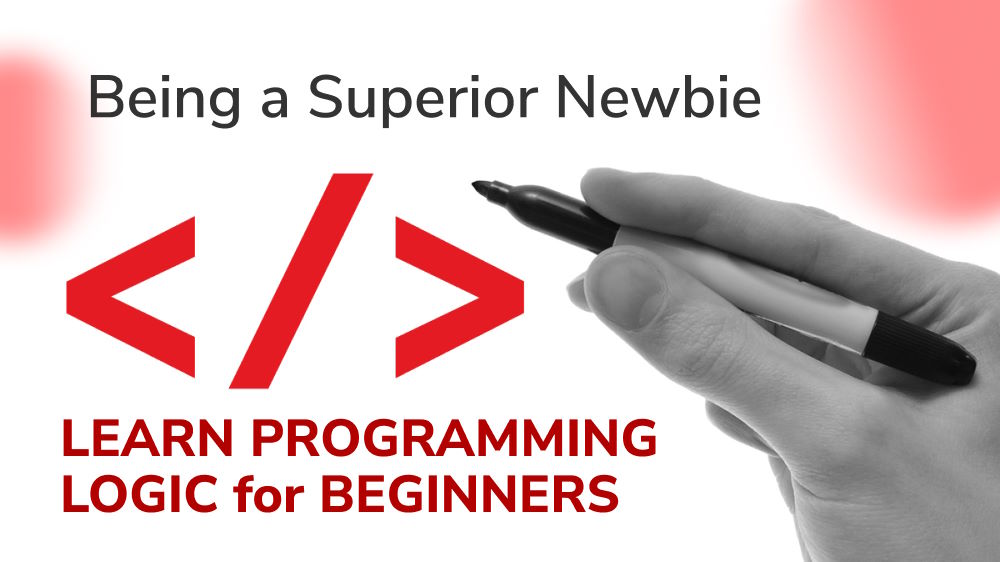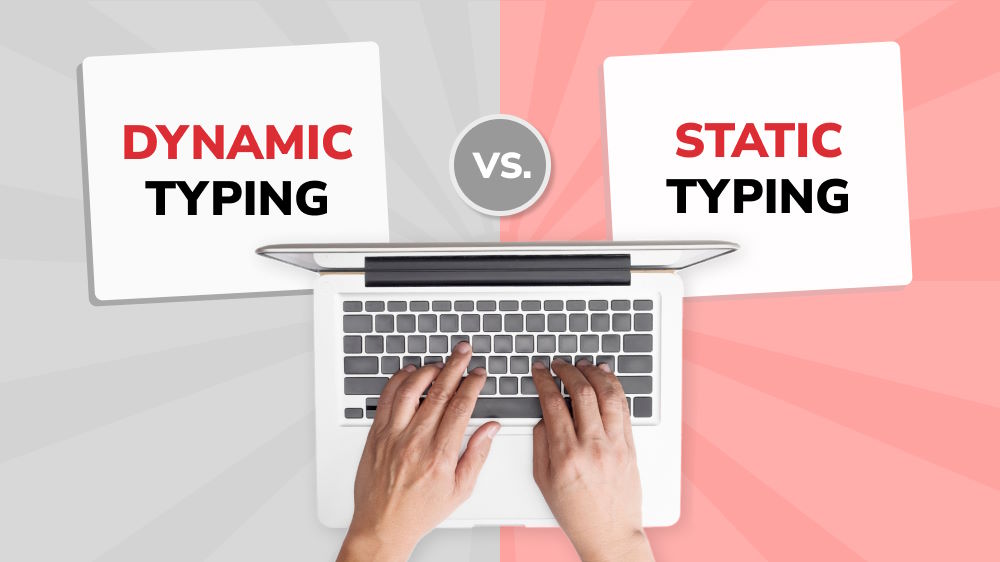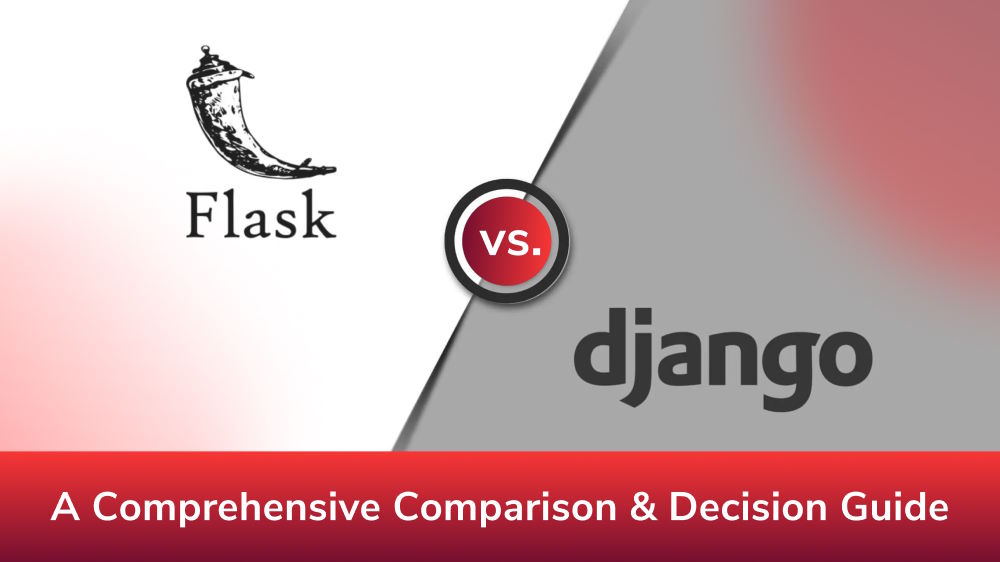Flutter vs. Dart: Friend or Foe? Unveiling the Developer Duo
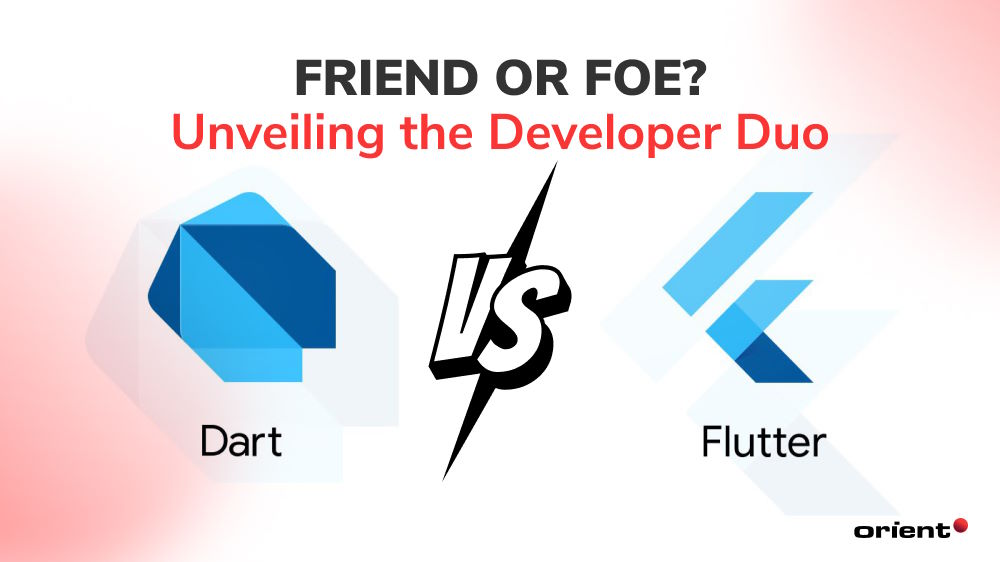
Content Map
More chaptersIn the ever-evolving landscape of mobile app development, two names stand out in the crowd: Flutter vs. Dart. Flutter, Google’s UI toolkit for crafting natively compiled applications, has skyrocketed in popularity, becoming the most popular cross-platform mobile framework used by developers worldwide. As of 2022, a staggering 46% of software developers have embraced Flutter for its versatility and efficiency. Dart, the general-purpose programming language optimized for Flutter, lays the foundation for many of Flutter’s performance advantages, including ahead-of-time (AOT) and just-in-time (JIT) compilation, which catapult apps to start faster and run smoother.
With over six billion smartphone subscriptions globally and nearly five million mobile applications available for download, the stakes have never been higher for developers to choose the right tools. Flutter and Dart have emerged as the go-to choices for many, promising a seamless development experience and high-performance results. But are they truly the friends they appear to be, or is there an underlying rivalry? Join us as we unveil the developer duo that’s taking the tech world by storm.
The Perfect Match of Flutter and Dart
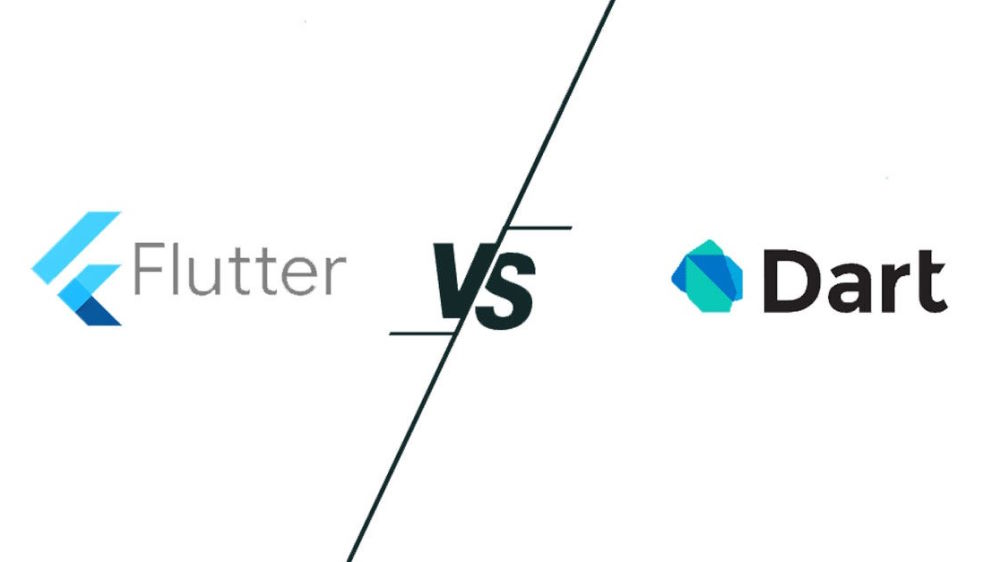
While Flutter might steal the spotlight for its rapid development and stunning UI capabilities, it wouldn’t be possible without the magic touch of Dart. Here’s how these two technologies intertwine to create a dream team for mobile app development:
Flutter’s Dependency on Dart
Flutter, the popular UI software development kit, relies heavily on the Dart programming language. Dart serves as the foundation for Flutter’s framework, providing the necessary tools and features to build robust and visually appealing applications. One of the key advantages of using Dart for Flutter development is its familiarity and ease of use. With its C-style syntax and object-oriented nature, developers find it relatively simple to grasp, making it an accessible programming language for both experienced programmers and beginners.
Beyond its user-friendly nature, Dart offers several benefits for Flutter development. Firstly, Dart’s Just-in-Time (JIT) compilation allows for hot-reloading, enabling developers to see changes in real-time during the app development process. This feature significantly speeds up the iteration cycle, making the development experience more efficient and productive.
Additionally, Dart’s ahead-of-time (AOT) compilation ensures that Flutter apps achieve excellent performance and fast startup times. Dart’s ability to compile code ahead of time optimizes the execution speed and reduces the application’s memory footprint. This performance enhancement is crucial for delivering smooth and responsive user experiences.
Dart’s Role in Flutter Development
Dart plays a vital role in enabling cross-platform development with Flutter. Flutter utilizes Dart’s unique characteristics to create cross-platform mobile apps that can seamlessly run on multiple platforms, including iOS, Android, and the web. Dart’s native compilation allows Flutter apps to achieve platform-specific performance while maintaining a single codebase, eliminating the need for separate codebases for each platform.
Dart’s strengths further shine in the context of Flutter development. It brings a rich set of libraries and tools that facilitate the creation of expressive and visually appealing user interfaces. Dart’s clean and concise syntax, combined with Flutter’s declarative UI approach, allows developers to build UI components efficiently and with ease. The hot-reload feature of Dart further streamlines the UI development process, enabling developers to experiment and iterate quickly.
Furthermore, Dart’s strong type system promotes code reliability and reduces the chances of runtime errors. With its static typing, developers can catch errors during compilation, leading to more stable and bug-free applications. Dart’s support for null safety adds an additional layer of protection, ensuring that null reference errors are minimized.
Seamless Integration of Flutter and Dart
The integration between Flutter and Dart is seamless and tightly knit. Dart’s features and capabilities align perfectly with Flutter’s UI abilities, creating a harmonious development environment. The Flutter framework leverages Dart’s reactive programming model, enabling developers to create responsive and interactive UIs effortlessly. Moreover, popular IDEs like Android Studio, Xcode, and Visual Studio Code offer advanced editing features, debugging tools, and performance profiling specifically designed for Dart and Flutter, further enhancing the development workflow.
Developers can take full advantage of Dart’s features, such as asynchronous programming, to handle complex tasks efficiently. Dart’s support for asynchronous operations, through features like async/await, enables developers to write clean and readable code while managing time-consuming operations, such as network requests or file I/O, without blocking the user interface.
Additionally, Flutter’s widget-based architecture is closely intertwined with Dart’s object-oriented nature. Developers can leverage Dart’s classes and inheritance to create reusable and modular UI components, enhancing code organization and maintainability. Dart’s support for mixins further extends the flexibility of Flutter’s widget composition, allowing for code reuse across different parts of the application.
Comparing Flutter and Dart
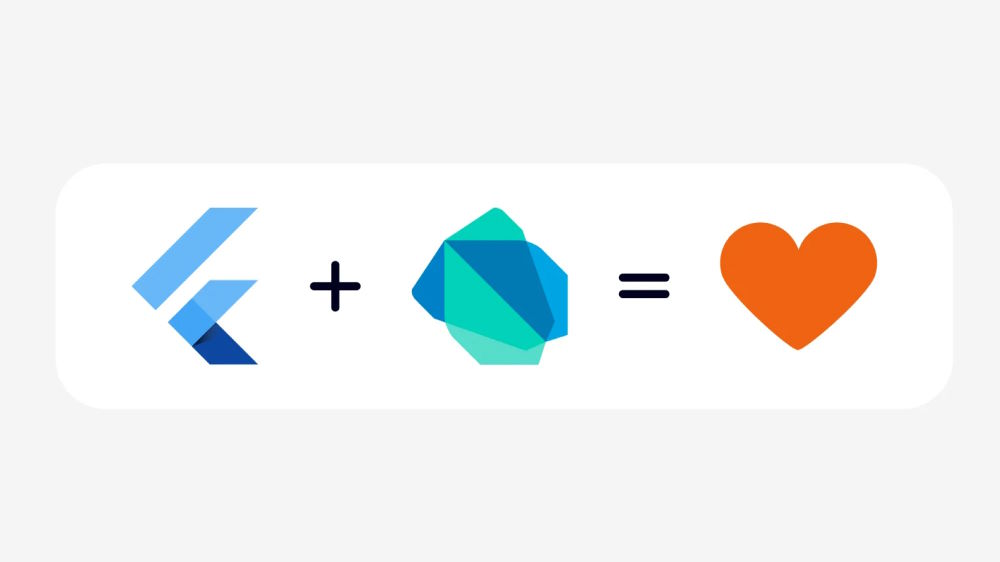
While Flutter and Dart work hand-in-hand, they each offer distinct advantages for mobile app development. Let’s delve deeper and compare them across key aspects:
Language Syntax and Features
Dart, the programming language behind Flutter, boasts a syntax that is both familiar and approachable. It draws inspiration from popular programming languages like Java and JavaScript, making it relatively easy for developers to code and fast to compile into native code. Dart’s syntax promotes clean and readable code, enhancing code organization and maintainability.
Flutter, on the other hand, is a UI framework built on top of Dart. It doesn’t have its own syntax; it leverages Dart’s capabilities and introduces a range of platform-specific features and advantages. One notable feature is Flutter’s widget-based architecture, which allows developers to construct UI components using a declarative approach. This approach simplifies UI development by enabling developers to express the desired UI state effortlessly. Flutter also offers an extensive set of pre-built widgets that facilitate the creation of visually stunning and responsive user interfaces.
Development Speed and Productivity
Dart’s clean syntax and hot reload functionality (where code changes are reflected in the app almost instantly) significantly speed up development. This real-time feedback greatly accelerates the development cycle, allowing developers to iterate quickly and efficiently. Additionally, Dart’s static typing and strong type system help catch errors early during the development process, reducing debugging time and enhancing productivity.
Inheriting the hot reload feature from Dart, Flutter’s hot-reload feature enables developers to see instant changes in the application as they modify the code. The biggest timesaver, however, is Flutter’s cross-platform capability. With a single codebase, you can build apps for both Android and iOS, eliminating the need for separate development teams and codebases for each platform. Moreover, Flutter’s rich set of pre-built widgets and ready-to-use components contribute to increased productivity. Developers can leverage these widgets to enhance UI development speed and focus more on app-specific logic.
Performance and User Experience
As a language, Dart itself doesn’t directly impact performance. However, its capabilities, like ahead-of-time (AOT) compilation, can contribute to creating performant apps. The AOT compilation of Dart code results in fast startup times and efficient memory utilization. This compilation approach allows the app to run more efficiently with the device’s specific hardware, even on resource-constrained devices.
When it comes to user experience, Flutter shines. Apps built with Flutter are compiled directly into native code for the target platform (Android or iOS). This ensures smooth operation and access to device-specific features, delivering a user experience comparable to native apps. Flutter’s architecture leverages the Skia graphics engine, which enables the creation of visually appealing and performant user interfaces. Flutter’s rendering engine uses a GPU-accelerated approach, resulting in smooth animations and seamless transitions. The combination of Flutter’s rendering capabilities and Dart’s runtime optimization results in a delightful user experience.
Community Support and Ecosystem
Flutter and Dart benefit from thriving developer communities that provide valuable support and resources. The Flutter community is famous for its active engagement, with developers sharing knowledge, contributing to open-source projects, and providing assistance to fellow developers. This vibrant community fosters collaboration and facilitates the exchange of ideas and best practices.
Similarly, Dart has a dedicated community of developers who contribute to the growth and improvement of the language. The community actively develops and maintains libraries and packages that extend the functionality of Dart, making it simpler for developers to implement complex features and functionalities in their applications.
Libraries, packages, and resources are abundant in both Flutter and Dart. Developers can access multiple third-party libraries and packages to enhance their app development process. These resources cover a broad spectrum of use cases, from UI design and state management to network connectivity and database integration.
When to Choose Flutter or Dart
Now that we’ve explored the powerful partnership between Flutter and Dart, let’s navigate to the crucial decision of when to choose one over the other.
Choosing Flutter
Flutter is an excellent choice in several scenarios where cross-platform development and a rich UI experience are key factors. If your purpose is to build a mobile app that runs seamlessly across multiple platforms, including iOS and Android, Flutter offers a significant advantage. By utilizing a single codebase, developers can save time and effort compared to creating separate applications for each platform.
Moreover, if you prioritize a visually appealing and highly customized user interface, Flutter’s widget-based architecture and extensive set of pre-built widgets make it an ideal framework. Flutter enables the creation of beautiful and interactive UIs with smooth animations and transitions, enabling developers to deliver engaging user experiences.
Several app types benefit greatly from Flutter’s capabilities. For instance, when developing media-rich applications such as video streaming platforms or interactive content apps, Flutter’s performance and animation capabilities make it an excellent choice. Flutter’s rendering engine and GPU acceleration enable smooth playback and seamless integration of animations and visual effects.
Flutter is also well-suited for e-commerce applications that require a visually enticing user interface, such as online shopping apps or booking platforms. The ability to build custom UI components and easily integrate with payment gateways and APIs makes Flutter a compelling option for building feature-rich e-commerce experiences.
Choosing Dart
While Dart is primarily associated with Flutter, it can also be used outside of the framework in various scenarios. Dart’s versatility and performance make it suitable for developing standalone applications or command-line tools. Dart’s strong type system, asynchronous programming support, and built-in libraries enable developers to create robust and efficient applications in domains beyond mobile app development.
Dart’s relevance extends to web development, where it can be used to build web applications and frameworks. With the help of the Dart web ecosystem, developers can leverage Dart’s capabilities to create fast and responsive web experiences. Dart offers a server-side framework called Aqueduct, which simplifies the development of high-performance and scalable web server applications.
Furthermore, Dart’s asynchronous programming model and support for isolates make it well-suited for server-side development. Dart’s concurrency features enable efficient handling of concurrent requests, making it a favorable choice for building backend systems that require high performance and responsiveness.
Friend or Foe? The Verdict
So, are Flutter and Dart locked in an epic developer duel? Absolutely not! They are, in fact, the best of friends – a powerful duo that empowers you to create exceptional mobile applications. Flutter provides an intuitive framework and stunning UI capabilities, while Dart serves as the versatile and performant language that brings it all to life.
Whether you choose the cross-platform dominance of Flutter or explore the broader horizons of Dart, understanding both technologies empowers you to make informed decisions for your next project.
Ready to leverage the magic of Flutter and Dart to create your dream mobile app? Orient Software is a leading provider of Flutter mobile app development services. Our team of skilled developers can assist you in navigating the world of Flutter and Dart, translating your vision into a beautiful, high-performing mobile application. Contact Orient Software today to discuss your project and unlock the potential of this dynamic developer duo!

